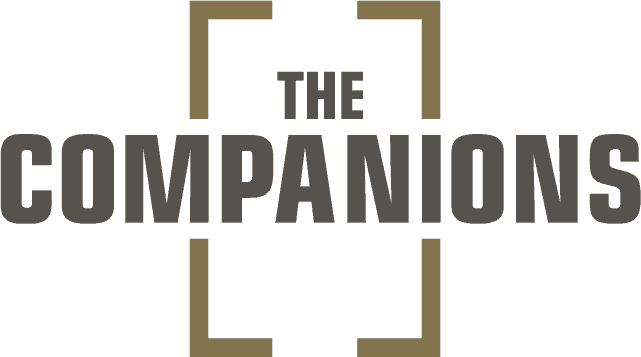什麼是遊戲治療法?
What is play therapy?
Play therapy is a systematic approach to use play in a therapeutic process between the play therapist and the client (usually a child) to explore client’s feelings, experiences in a non-threatening context, through which the client may resolve psychosocial difficulties or to achieve optimal psychosocial development (Association for Play Therapy , 1982)
“Play therapy is based upon the fact that play is the child’s natural medium of self-expression. It is an opportunity which is given to the child to ‘play out’ his feelings and problems just as, in certain types of adult therapy, an individual ‘talks out’ his difficulties.” –Virginia M Axline (1969), Play Therapy, p16. f
Why is play important?
Play is the natural language of children to express themselves. It is an activity for enjoyment and recreation. Play is important for children’s cognitive, social, emotional, and physical development (CCL, 2006; Reynolds & Jones, 1997). The United Nation Convention on the Rights of the child (1989) recognized play as a basic right of children’s right to leisure and recreation, and the US Department of Health (2013) recommended 60-120mins of play time for children a day.
Who is suitable for play therapy?
Play therapy is generally suitable for 3-11 year-olds with emotionally and/or behavioral concerns. A meta-analysis of 94 studies from 1947 to 2000 showed that play therapy is effective for a wide range of psychosocial issues (social, emotional maladjustments, mood disturbances, aggression, oppositional behavior, physical, mental & learning disabilities) in children and adolescence between 2 to 17 years old (Ray, Bratton, Rhine, & Jones, 2001).
References:
Association for Play Therapy (1982). Why Play Therapy?
Axline, V. M. (1969). Play Therapy. US: Ballantine Books.
Canadian Council on Learning (2006). Let the children play: Nature’s answer to early learning. Canada: CCL
Ray, D., Bratton, S., Rhine, T., & Jones, L. (2001). The effectiveness of play therapy: Responding to the critics.
International Journal of Play Therapy, 10(1), 85-108. Summary can be downloaded here.
Reynolds, G., & Jones, E. (1997). Master players: Learning from children at play. New York: Teachers College Press.
United Nations Human Rights (1989). Convention on the Rights of the Child. Article 31.
US Department of Health & Human Services (2013). How much time should be planned for active play everyday?

